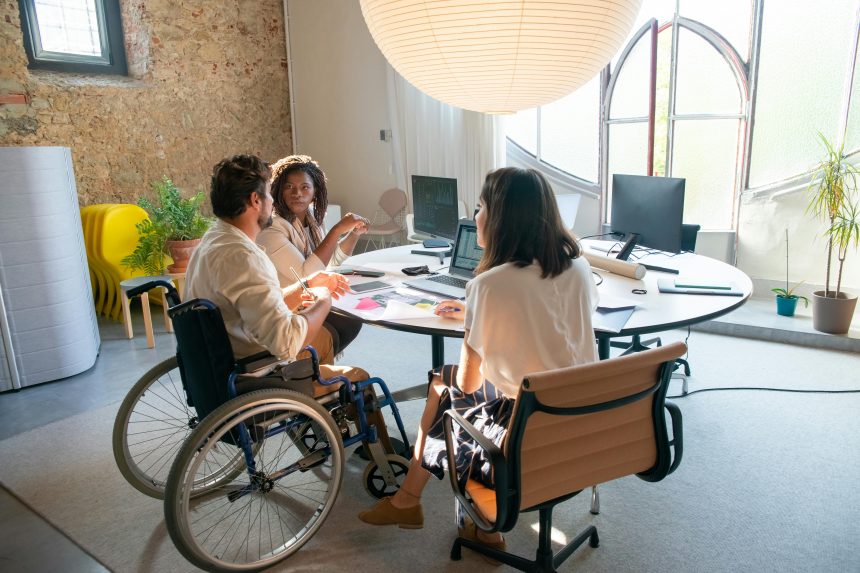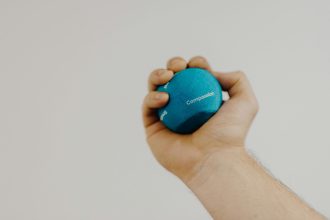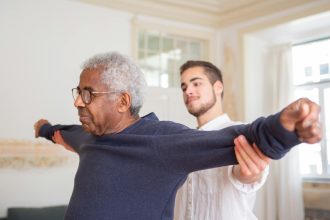Life after a brain injury often requires new ways of doing old tasks. Survivors may struggle with memory, concentration, mobility, or communication, making daily routines more difficult than before. Assistive technology—ranging from simple tools to advanced devices—plays a vital role in restoring independence and improving quality of life.
Assistive technology is not a luxury. For many, it is the bridge between dependence and autonomy. Whether it is a smartphone reminder, a voice-activated home system, or a wheelchair designed for comfort and safety, these tools allow survivors to live more fully, participate in the community, and reduce the burden on caregivers.
What Counts as Assistive Technology?
Assistive technology (often shortened to AT) includes any device, equipment, or software that helps someone perform a task they would otherwise find difficult or impossible after a brain injury. Some tools are low-tech and inexpensive, like pill organizers or sticky notes, while others are high-tech, such as specialized apps or robotic aids.
The goal is the same across the spectrum: making everyday activities more manageable, safe, and efficient.
Supporting Memory and Cognition
One of the most common struggles after brain injury is memory loss or difficulty staying organized. Assistive technology helps by providing reminders and external supports. Survivors often benefit from:
- Digital reminders and alarms on smartphones or smartwatches.
- Calendar apps with visual alerts for appointments and tasks.
- Note-taking and task management apps that organize information into simple steps.
- Smart pens and recording devices that capture lectures or meetings for later review.
These tools act as external memory aids, reducing frustration and allowing survivors to focus on daily goals.
Communication Tools
When speech or language is affected, communication can be one of the greatest barriers to independence. Augmentative and Alternative Communication (AAC) devices provide vital support. These range from simple picture boards to sophisticated speech-generating devices.
Apps on tablets or smartphones now make AAC more accessible than ever, offering text-to-speech functions and customizable vocabularies. For survivors with milder speech issues, voice recognition software allows them to write emails, create documents, or communicate digitally without typing.
Mobility and Physical Independence
Physical challenges after brain injury often require equipment that ensures safe and effective movement. Assistive technology in this area includes:
- Wheelchairs and scooters, which may be manual, powered, or customized for comfort and posture.
- Walkers and canes, designed for stability and fall prevention.
- Exoskeletons and robotic walkers, increasingly available in rehabilitation centers for gait training.
- Home modifications, such as grab bars, ramps, and stair lifts, that make living spaces more accessible.
These tools extend independence, allowing survivors to navigate their homes and communities more safely.
Home and Daily Living Supports
Technology can transform the home environment into a safer and more supportive space. Voice-activated systems like smart speakers can control lights, thermostats, or appliances, reducing physical strain and improving safety. Smart pill dispensers ensure medication is taken correctly and on time. Kitchen adaptations—from lightweight cookware to one-handed cutting boards—make cooking possible again.
These modifications reduce reliance on caregivers and restore confidence in daily routines.
Technology in Rehabilitation
Assistive technology is also a powerful rehabilitation tool. Virtual reality programs create safe, engaging environments for practicing movement or cognitive skills. Computer-based cognitive training exercises improve attention, problem-solving, and memory. Robotic-assisted devices help survivors regain mobility and strength in therapy sessions.
While not always available outside specialized centers, these innovations show how technology can accelerate recovery and improve outcomes.
The Role of Caregivers and Therapists
Choosing the right assistive technology requires guidance. Occupational therapists, speech-language pathologists, and rehabilitation specialists help match devices to individual needs. Caregivers are often trained to support their use, ensuring that tools are integrated into daily life rather than abandoned out of frustration.
Families play an important role in reminding, encouraging, and adapting devices so they truly work for the survivor’s lifestyle.
Challenges and Considerations
Assistive technology is not without challenges. Devices can be expensive, require training, or become overwhelming if introduced too quickly. Some survivors resist using them because they do not want to appear dependent. Others abandon devices if they are too complicated or if ongoing support is lacking.
The most successful solutions are those that fit naturally into daily life, are easy to use, and are supported by both professionals and families.
Conclusion
Assistive technology is more than equipment—it is empowerment. From simple reminders to advanced robotics, these tools allow survivors of brain injury to communicate, move, and live with greater independence. When combined with rehabilitation and family support, technology helps bridge the gap between limitations and possibilities, giving survivors the opportunity to reclaim their place in daily life and community.







